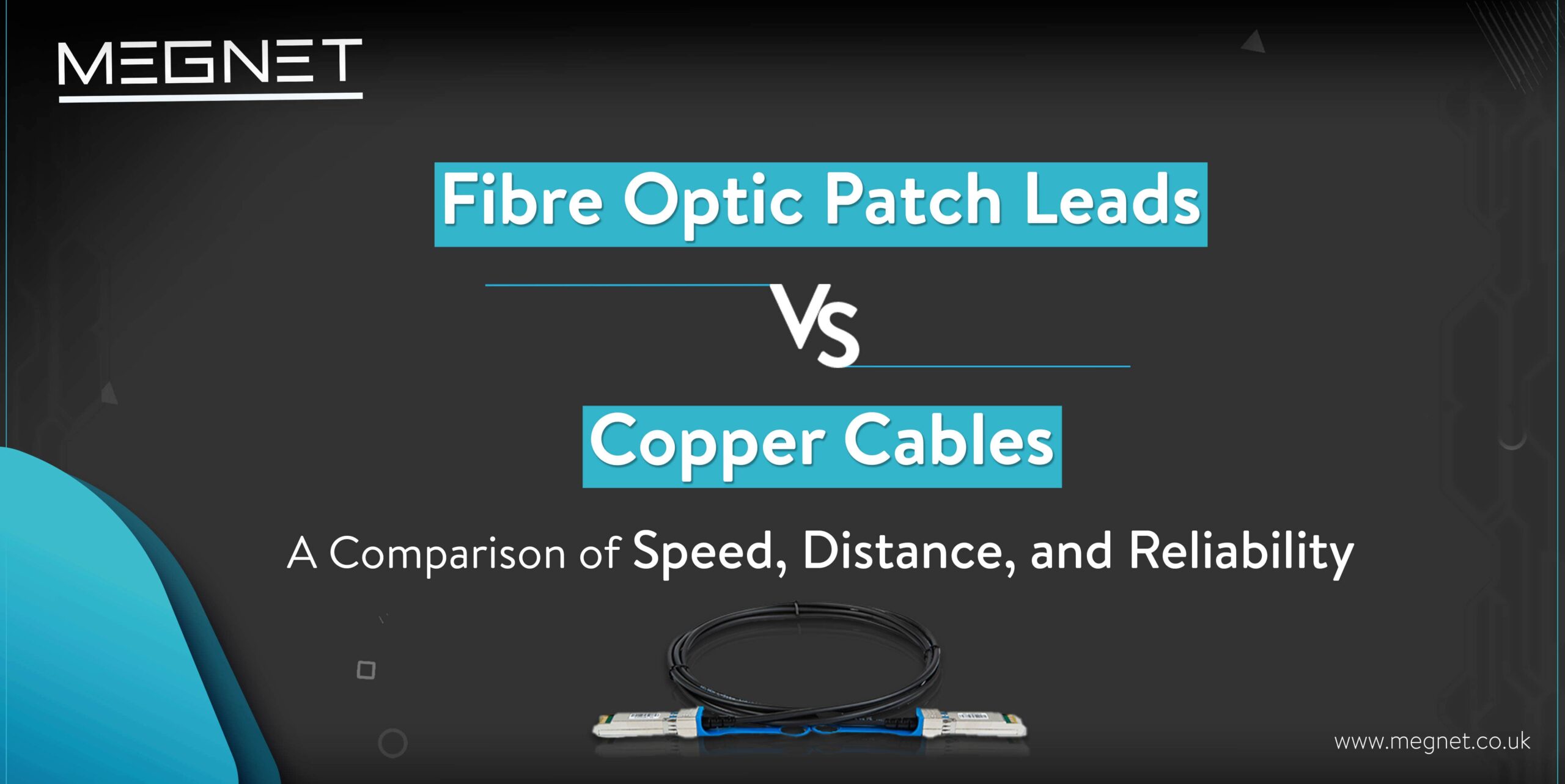
Fibre Optic Patch Leads vs. Copper Cables: A Comparison of Speed, Distance, and Reliability
In today’s fast-paced world of data communication, the choice between fibre optic patch leads and copper cables plays a crucial role. As technology continues to advance at an unprecedented rate, the demand for faster speeds, longer transmission distances, and enhanced reliability has become paramount. This comprehensive article aims to supply an in-depth comparison of fibre optic patch leads and copper cables in terms of their speed, distance capabilities, and overall reliability.

1. Speed:
Bandwidth Capacity: fibre optic patch leads have a much higher bandwidth capacity compared to copper cables. While copper cables typically support bandwidths up to 1 Gbps or 10 Gbps, fibre optics can supply bandwidths ranging from 10 Gbps to 100 Gbps and beyond. This increased ability allows for the seamless transfer of large files, video streaming, and real-time data-intensive applications.
Futureproofing: fibre optic patch leads offer better scalability and future-proofing capabilities. As technology advances and data demands continue to grow exponentially, fibre optics can easily accommodate higher speeds by upgrading the network equipment and not the entire cabling infrastructure. However, copper cables may need complete replacement to keep up with future bandwidth requirements.
Speed Comparison: A single fibre optic strand can send 3.2 terabits of data per second, equivalent to transmitting 2,500 high-definition movies in just one second. In contrast, copper cables are limited to lower speeds, with Cat6 cables supporting up to 10 Gbps.
2. Distance:
Signal Integrity: fibre optic patch leads to support signal integrity over long distances due to low attenuation (signal loss). This means that even over extended distances, the data is still intact and does not require added signal amplification or regeneration. Copper cables, in contrast, suffer from higher attenuation, leading to a degradation of the signal quality over distance.
Lossless Transmission: fibre optic cables enable lossless transmission of data over long distances. The absence of signal degradation ensures that the information arrives at its destination without errors or the need for retransmission. This is particularly crucial for applications such as high-definition video streaming, cloud computing, and real-time data transfers.
Submarine Communication: fibre optic cables are extensively used for long-distance submarine communication. For example, the SEA-ME-WE 3 (South-East Asia – Middle East – Western Europe 3) submarine cable system, spanning approximately 39,000 kilometres, connects 33 countries and territories, supplying reliable data transmission across continents.

3. Reliability:
Security: fibre optic patch leads offer enhanced security compared to copper cables. The nature of fibre optics makes it difficult to tap into the cable and intercept the data transmission, supplying an added layer of security against unauthorized access. Copper cables, on the other hand, can be vulnerable to eavesdropping or electromagnetic interference.
Immunity to Electromagnetic Interference (EMI): fibre optic cables are immune to EMI since they send light signals instead of electrical currents. This immunity makes them exceptionally reliable in environments with high EMI, such as industrial settings or areas with heavy machinery. Copper cables, being susceptible to EMI, may experience signal disruptions or data corruption in such environments.
Resistance to Interference: fibre optic patch leads are immune to electromagnetic interference, ensuring reliable data transmission even in environments with prominent levels of electrical noise. This immunity makes them ideal for deployment in areas near power lines, electrical substations, or industrial facilities where copper cables may be susceptible to interference.
Mean Time Between Failures (MTBF): fibre optic cables have a significantly higher MTBF compared to copper cables. Fibre optic cables have an average MTBF of 25 years or more, showing their long-term reliability. Copper cables typically have a lower MTBF, ranging from 5 to 15 years.
Safety: fibre optic cables are safer to handle and use than copper cables. Since fibre optics do not carry electrical current, there is no risk of electric shocks or short circuits during installation or maintenance. Copper cables, on the other hand, require proper grounding and precautions to prevent electrical accidents.

Maintenance and Durability: Fibre optic patch leads require minimal maintenance compared to copper cables. fibre optics are not affected by corrosion, rust, or moisture, making them exceptionally durable in various environmental conditions. Copper cables may require regular maintenance, including checks for oxidation, cable bends, and connector damage.
Let’s Discuss Some Other Points Too -
4. Cost:
Initial Installation: fibre optic patch leads generally have a higher upfront installation cost compared to copper cables. fibre optic cables require specialized equipment and ability for installation, which can increase the first investment. In contrast, copper cables are more readily available and easier to install, resulting in lower installation costs.
Long-Term Cost Savings: Despite the higher first installation cost, fibre optic patch leads can supply long-term cost savings. fibre optics have lower maintenance requirements and a longer lifespan compared to copper cables. The durability and resistance of fibre optics to environmental factors, such as corrosion and moisture, reduce the need for frequent repairs or replacements. This longevity can lead to significant cost savings over time.
Total Cost of Ownership: Fibre optic patch offers cost advantages in terms of scalability and futureproofing. Upgrading fibre optic networks typically involves replacing the active equipment while keeping the existing fibre infrastructure. This allows for incremental upgrades, reducing the overall cost compared to replacing the entire copper cabling infrastructure.
Return on Investment (ROI): Fibre optics can supply a higher ROI in certain scenarios. Industries that heavily rely on high-speed data transmissions, such as finance, healthcare, and media, can benefit significantly from the faster speeds and improved reliability of fibre optic patch leads. The increased productivity, reduced downtime, and improved customer satisfaction resulting from superior data connectivity can outweigh the first investment.
5. Energy Efficiency:
Power Consumption: fibre optic patch leads to consuming less power compared to copper cables. Copper cables require active electrical components, such as repeaters, to boost signals over longer distances, consuming added energy. In contrast, fibre optic cables rely on the transmission of light, which requires less power. This energy efficiency can result in reduced operational costs and environmental impact.
Green Initiatives: The energy efficiency of fibre optic cables aligns with green initiatives and sustainability goals. By using fibre optics for data transmission, organizations can contribute to reducing carbon emissions and lowering their overall energy consumption.
6. Future Technological Advancements:
Fibre Optic Innovations: Ongoing research and development in fibre optic technology continue to push the boundaries of speed, distance, and reliability. Advancements such as multi-core fibres, wavelength division multiplexing (WDM), and coherent optical communication techniques are enabling even higher data transmission rates and longer distances.
5G and Beyond: The deployment of 5G networks requires higher bandwidth and faster data transmission speeds. fibre optic cables play a crucial role in supporting the infrastructure needed for 5G connectivity. As the demand for faster speeds and greater bandwidth continues to grow with future technologies, fibre optics will remain at the forefront of enabling these advancements.
7. Environmental Considerations:
Energy Consumption: Fibre optic patch leads to consuming less energy compared to copper cables. Copper cables require powered signal repeaters or amplifiers over long distances, contributing to higher energy consumption. Fibre optics, on the other hand, rely on passive transmission of light, reducing power requirements and contributing to energy efficiency.
E-Waste: Fibre optic cables have a longer lifespan and require less frequent replacement compared to copper cables. This results in reduced electronic waste (e-waste) generated from the disposal of outdated or worn-out cables. By choosing fibre optics, organizations can contribute to minimizing e-waste and promoting sustainability.
8. International Connectivity:
Global Communication Networks: Fibre optic cables are crucial for international connectivity and enable seamless communication between countries and continents. Submarine fibre optic cables, such as the Trans-Pacific Express and Europe-Asia-Connect, span thousands of kilometres, connecting regions and easing high-speed data transmission across continents.
Intercontinental Data Transfer: Fibre optic networks enable fast and reliable intercontinental data transfers. For instance, the MAREA cable, spanning over 6,600 kilometres across the Atlantic Ocean, supplies a high-capacity connection between the United States and Europe, easing the exchange of large volumes of data and supporting global Internet traffic

In conclusion, the comparison between fibre optic patch leads and copper cables goes beyond just speed, distance, and reliability. While fibre optics excel in these aspects, there are added factors to consider, such as cost, energy efficiency, and future technological advancements. Despite the higher upfront installation cost, fibre optic cables offer long-term cost savings due to their durability and lower maintenance requirements.
The energy efficiency of fibre optics, coupled with their alignment with green initiatives, contributes to reduced operational costs and environmental impact. Furthermore, ongoing technological advancements in fibre optic technology, including innovations in multi-core fibres and coherent optical communication, ensure that fibre optics will continue to meet the evolving demands of the digital landscape.
While copper cables still have their place in certain applications, the superior performance, scalability, and future-proofing capabilities of fibre optic patch leads make them the preferred choice for organizations looking for high-speed, reliable, and efficient data communication. By considering the comprehensive comparison between fibre optics and copper cables, businesses can make informed decisions that align with their specific needs and pave the way for a robust and future-ready network infrastructure.
FAQ's
Yes, with the use of media convertors
Yes, compared to fibre optic cables
Fibre optics.
Yes, such as LC (Lucent Connector) or SC (Subscriber Connector) connectors.
Yes, fibre optics supports both applications.
Yes, due to their limitations on distance
Yes, fibre optics are lighter and thinner.
Yes, copper cables are susceptible to interference
Yes, fibre optics support bidirectional transmission
Yes, fibre optics are not affected by electrical surges.
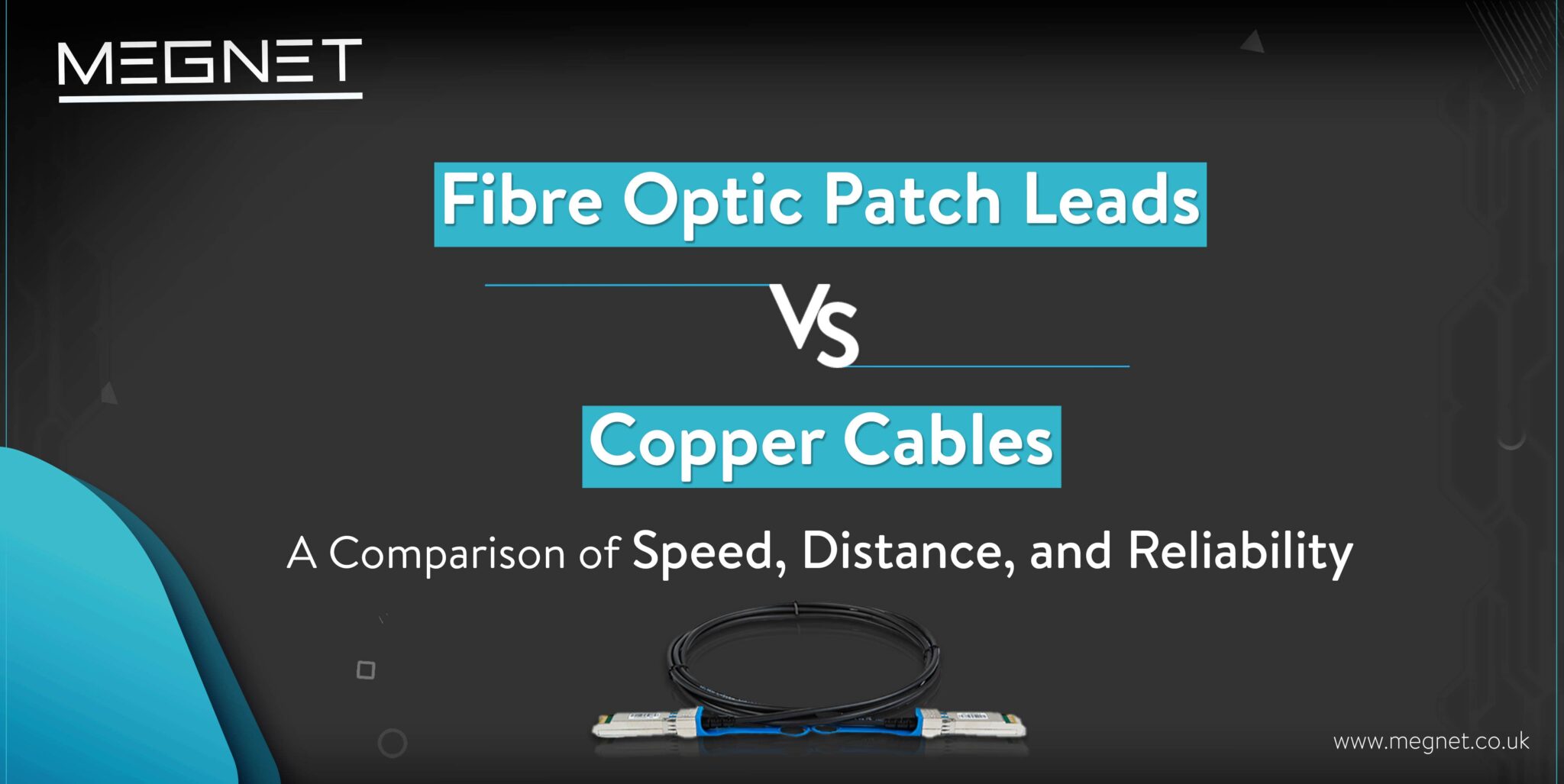

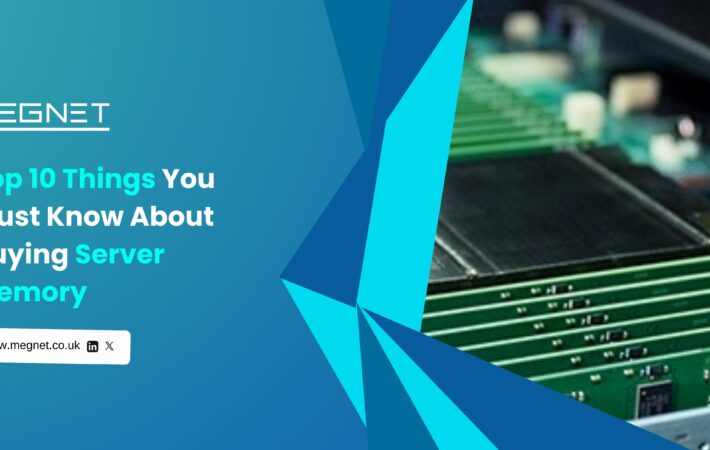
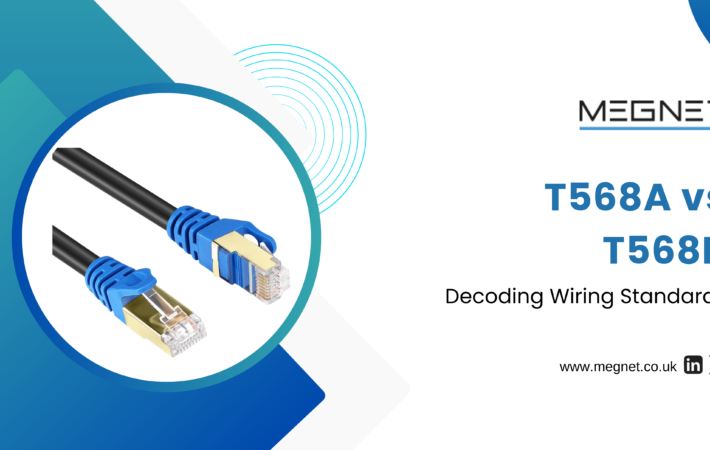
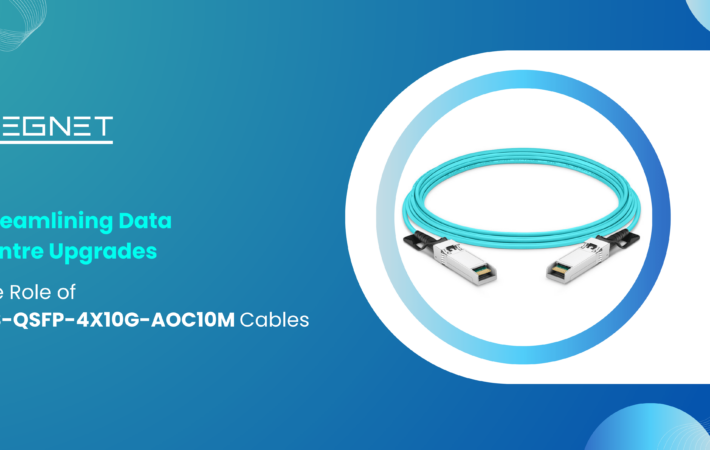
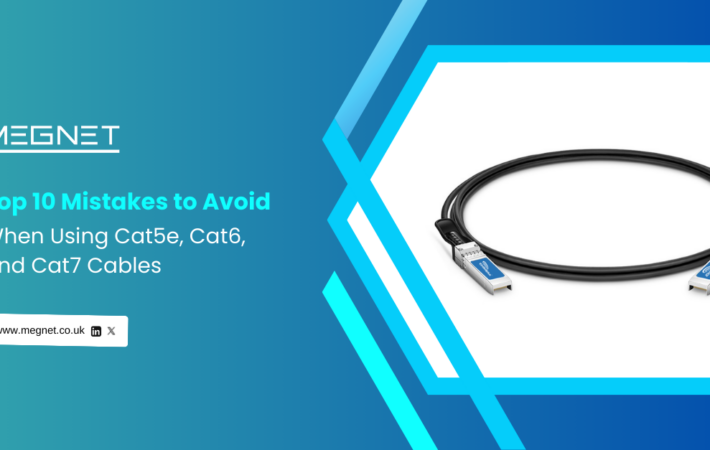



Leave a comment
Your email address will not be published. Required fields are marked *